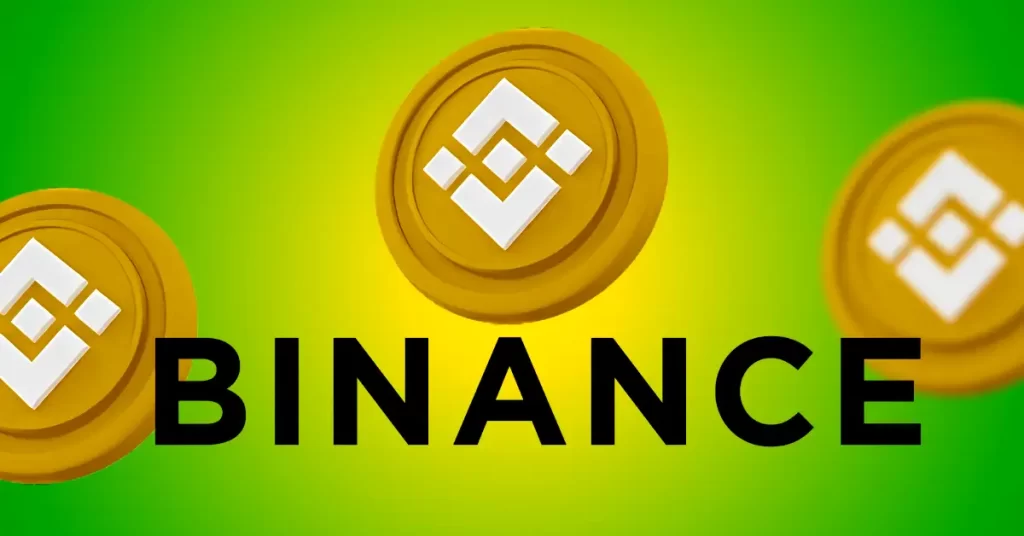It is standard for DeFi platforms to offer over-collateralized loans, in which borrowers deposit more in assets than they withdraw. Some DeFi platforms (like AAVE) support a newer type of loan, the flash loan. When a loanee takes out a flash loan, no collateral is required. This is achievable because flash loans are repaid within the same transaction that they are taken out – a smart contract is used to rapidly perform a series of transactions that result with the loanee ultimately repaying the loan. Flash loans are atomic, meaning that they are only processed if all included transactions are executed. If they are not, they are rolled back. This enables individuals to borrow massive sums with almost no risk. It is common for borrowers to withdraw tens of thousands, millions, or even tens of millions of dollars at once, albeit for a brief period. What Are Flash Loans Used For? Flash loans have three primary uses: trading arbitrage, collateral swapping, and self-liquidation. Here’s an explanation of each: Trading Arbitrage: Different exchanges may charge different prices for certain assets, opening opportunities to purchase and sell the same assets on different exchanges for a profit. This process is called “trading arbitrage”. While it can be done manually, doing so usually doesn’t yield much of a profit, since the prices of these assets usually only differ by a fractional amount. Flash loans can be ...
 Binance Delisting 5 Altcoins on July 4
Binance Delisting 5 Altcoins on July 4